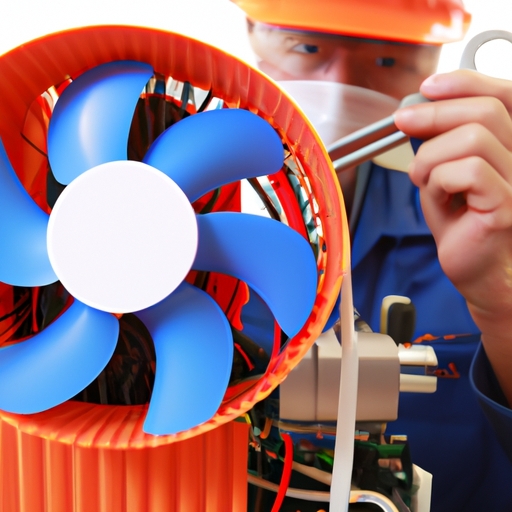Thermostat wiring is an important part of the heat anticipator setting. It's basically the process of connecting all of the elements that make up a thermostat, such as temperature sensors, limit switches, and relays. In this way, it ensures proper operation of the heating system.
However, thermostat wiring can be quite tricky! For instance, if you don't connect each component correctly, or if you forget to attach a wire to its corresponding terminal then your heating system won't function effectively. (That's why it's always best to seek out professional help when dealing with any kind of electrical work). Furthermore, not understanding how a heat anticipator works can also make things more complicated!
Therefore, it's essential to understand how thermostat wiring and heat anticipators interact before attempting any DIY projects. To begin with, a heat anticipator is a small device which helps regulate temperature in a room by adjusting the amount of current flowing through the system. This means that if the room gets too warm then the current will reduce accordingly; conversely if it gets too cold then more current will flow through in order to raise the temperature level again.
Moreover(!), once you've connected all of your wires together correctly - like so: red to red terminals and black to black ones - then you'll need to adjust your heat anticipator settings accordingly. Typically this involves selecting either 'high' or 'low' depending on what type of environment you're trying to maintain in your home (for example if it's wintertime then setting it on 'high' will give you maximum warmth).
Finally(!), remember that even though thermostat wiring may seem like an intimidating task at first – with some patience and knowledge – it really isn't so bad! So just take your time and keep safety in mind throughout every step of the process – and soon enough you'll be able to enjoy comfy temperatures inside your home without having to worry about anything else!
